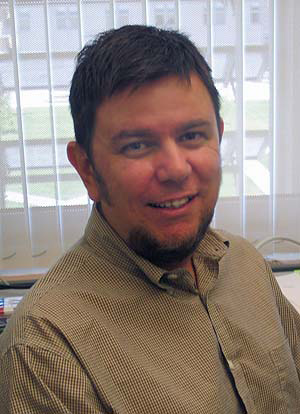

When Professor
Carlos Coimbrahad free time from meetings in Japan this summer, he spent it practicing karate in the world’s best dojo. Now that he’s home coordinating major research plans, the concentration and discipline of his martial arts practice will come in handy.
He’s assembling a team of mechanical and computer science engineers and environmental scientists to find the best places for solar energy in California.
“Some seemingly obvious candidates are really not so good,” he explained. “For example, a tropical island close to the equator often has cloud cover for part of every day, and comparatively less direct sunlight actually arrives on the ground.
“The best solar technology relies on direct-beam radiation, so we need to find where the direct solar radiation is prevalent and consistent over a period of years.”
Coimbra and his collaborators are assembling a complex system of data collection to obtain accurate measurements of both direct and total solar radiation.
Coimbra and his student assistants will install a prototype ground station for measuring solar irradiance on campus this summer. They’ll add more stations to collect data from all over California in the next several years. They will then correlate the ground-station data with satellite information using a Geographic Information System built by Professor Qinghua Guo and his team.
“In 10 years, we hope to be able to forecast solar irradiance using computer models, radar and satellite data,” Coimbra said. “This will be important as major utility companies begin to use more solar energy. They need to be able to predict and balance the grid.”
Measuring solar irradiance will also help guide and reassure utilities and other companies as they seek to invest in solar energy.
Coimbra, Guo and their team are now seeking funding for their project - they anticipate the ground stations will cost about $25,000 apiece. But the investment should bring big rewards.
“Eventually, we see UC Merced becoming the place to go for solar energy information in California, and possibly even nationwide. This is one area where the Central Valley has a distinct advantage in California, and UC Merced is poised to lead the way,” Coimbra said. “We have a strong group and a lot of exciting things on the horizon.”






